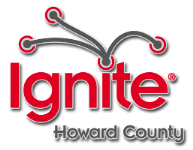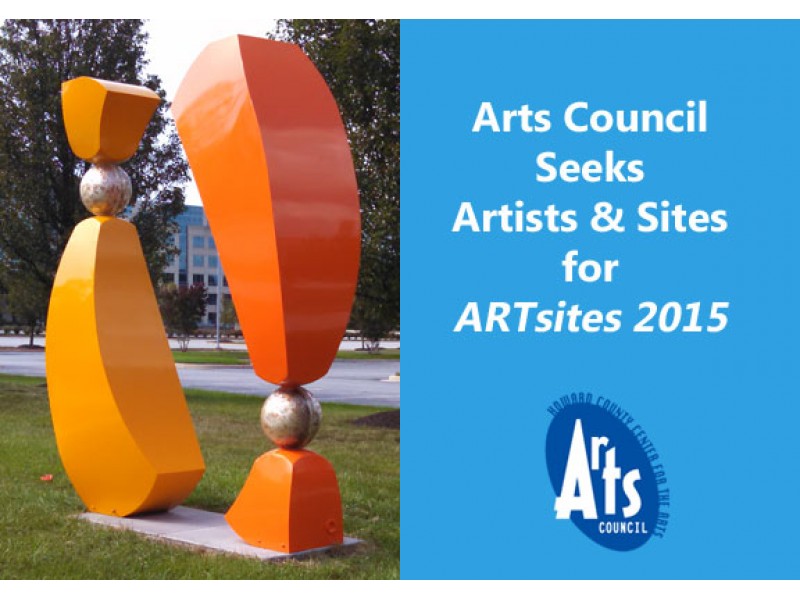
Want to present? Fill out this short proposal.
Ignite is about sharing your passions, inspiring others & sparking discussion on a variety of topics…but make it quick. Each speaker gets 20 slides and 15 seconds per slide. The slides automatically advance. It’s a format that keeps things lively and interesting.
We usually call for speakers about three months before each Ignite event. We ask you to submit a short proposaldescribing your idea. A panel of judges reviews each submission in order to select 12+ speakers. We announce those speakers about a month ahead of time.
Proposal Guidelines
First things first: there arenʼt any rules when it comes to proposing an Ignite talk. We donʼt place any automatic restrictions on subject matter and youʼre free to submit anything you like. Each proposal is judged equally and on its own merits.
View our application to speak.
That said, our goal is to assemble an interesting program that will inspire the audience and get them talking. So in order to help meet that goal, weʼve put together some notes on what we are and arenʼt looking for in hopes that itʼll help you formulate your thoughts.
Keeping the following in mind, then adding liberal doses of individuality and creativity, will significantly improve the odds of your talk getting chosen.
1. Ignite talks are a forum for ideas, not for marketing.
This is as close to a hard-and-fast rule as we have. Anything that looks or feels like a proposal designed to market or promote a business, an individual, or a product will almost certainly not be chosen. Itʼs not that youʼre not allowed to talk about your work or your business, but if you intend to do so it should be in such a way that it informs a larger idea.
Think of it this way: you should never be selling from the stage. A good talk about a good idea (or ideas) will engage and excite people on its own merits. If you donʼt think your proposal fits that criteria then it probably doesnʼt.
2. The goal is to get people thinking and talking.
There are countless ways to do this. For example, you can:
- Come up with and explain an innovative way to solve a problem
- Show people a new or unexpected way to look at something familiar
- Pull back the curtains on a complex process
- Show how something isnʼt what it seems
- Show how something is what it seems but maybe shouldnʼt be
- Challenge or debunk a preconceived notion
- Illuminate a fascinating but hidden bit of culture
- Give people a challenge they can act upon (without demanding that they do so)
- Present a new way to consider an opinion
- Present an old but forgotten way to consider an opinion
3. Donʼt propose to speak primarily as a representative of an organization.
Obviously every speaker by nature represents her or his activities and work. Sometimes thatʼs a critical component of a good talk. But, again, a strong proposal will show that the idea comes first. Your organization (or business/job/cause/politics) should be secondary to the strength of what youʼre proposing to present.
4. Original is good.
People come to Ignite to see things they havenʼt seen anywhere else. Thereʼs nothing wrong with giving a talk that youʼve given before but we encourage you to think beyond that. If you are proposing a talk that youʼve given before, consider adapting it and making it fresh and new.
5. Mind the format.
Anyone who has ever given an Ignite talk can tell you that they are tough. The format is weird and challenging. So, keep that in mind as you think about your proposal and try to develop something that will work well within the 20 slides, 5 minutes,15 seconds each restriction. Better to build that into your thinking from the beginning – itʼll come through in the way you write up your proposal and, ultimately, make for a better talk if youʼre chosen.
6. Be creative, and have fun.
The best talks weʼve had have been the ones that were fueled by true passion. If you start there, it will come through in your proposal and that means weʼre much more likely to notice your idea and include it in the program.
7. Take the proposal seriously and treat it as a dry run for the talk itself.
Itʼs always easy for us to tell which proposals have been thought through and which were cobbled together. Itʼs also generally pretty easy for us to tell which proposals were truly created with the Ignite format and audience in mind. The ones that get both of these things right always have a better chance of getting picked than the ones that donʼt.
8. Prepare something that wonʼt require you to read from a paper.
If your talk is selected, we will ask that you not read it from notes when youʼre on the stage. Doing so greatly diminishes the impact. So, when considering your proposal, put together something that youʼll be able to rehearse and then deliver in a way that allows you to fully engage the audience.
9. Watch past talks on the Ignite homepage.
Some of the most interesting talks from past editions of Ignite are featured on our homepage at ignitebaltimore.com. We strongly encourage starting there and getting familiar with what has worked well in the past.
Still have questions? Feel free to drop us a line at info@ignitehowardcounty.com
and weʼll be happy to try to help. Please keep in mind, though, that this is a volunteer effort and while we reply as quickly as we can, patience is appreciated.
Most of all, thanks for your interest. Weʼre looking forward to hearing what you have to say!
Speaker Guidelines
Please provide 20 slides. We will show the slides for 15 seconds before automatically advancing them.
We do not allow animation. You may be able to incorporate music or short video elements if you coordinate with us far in advance.
It’s best not to be literal with your slides – imagery will be much more effective than text in this format, so try to have at most a few words per slide (no words = just fine, too).
Do not include a slide with your name or presentation title; we provide that for you and this slide doesn’t count towards your 20 slide limit.
This format is very unique and you should plan to rehearse extensively, even if you are an experienced speaker.
You can create your presentation in PowerPoint or Keynote. However, we’d like you to export your slideshow to a 1024×768 Adobe Acrobat PDF before sending it to us.
Read more guidance from Preston Lee.











